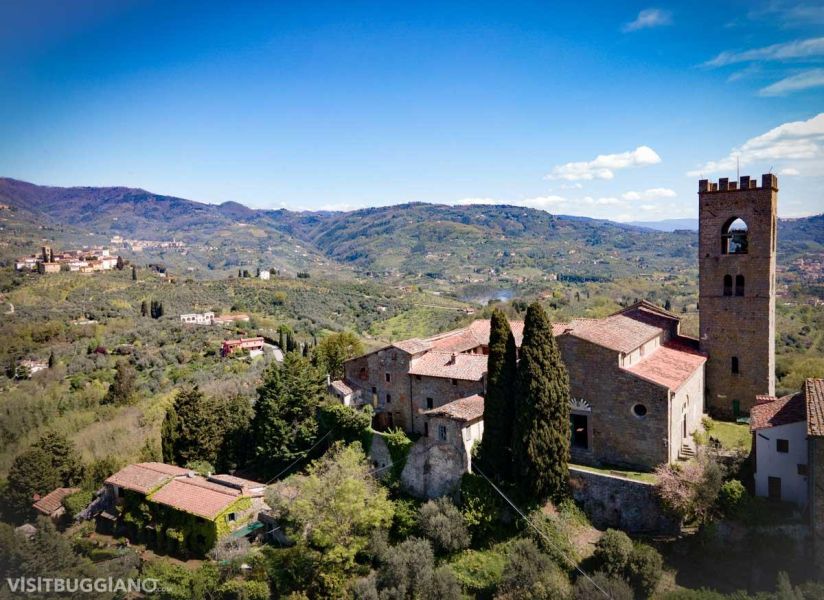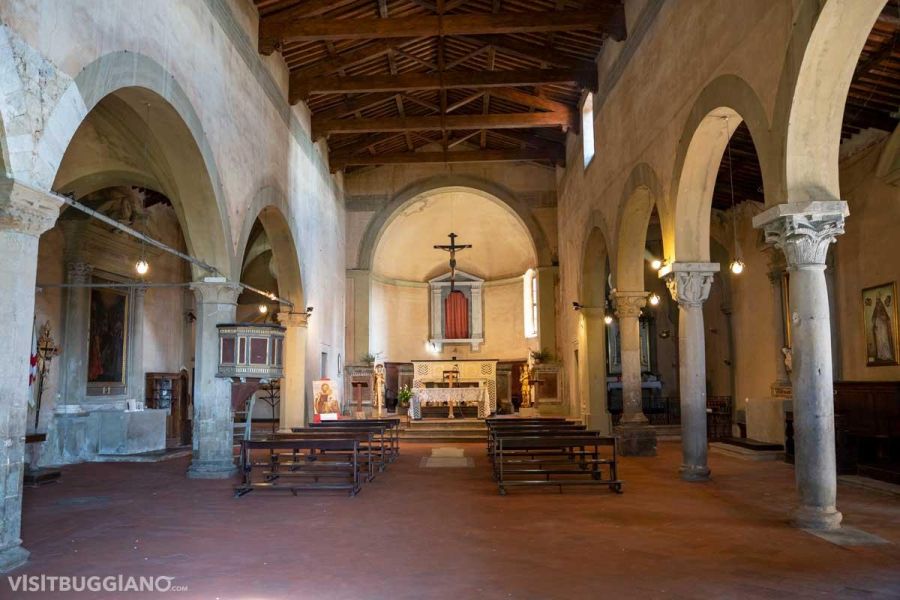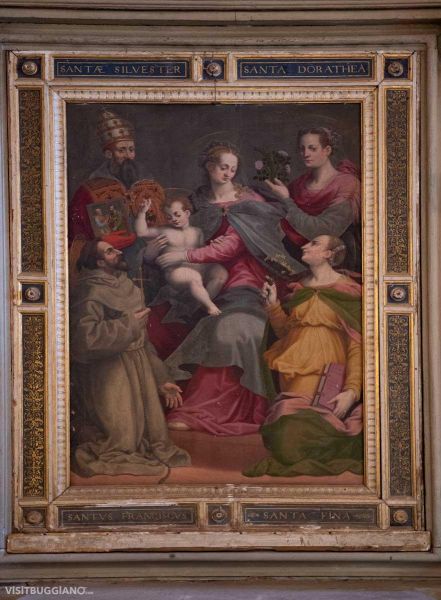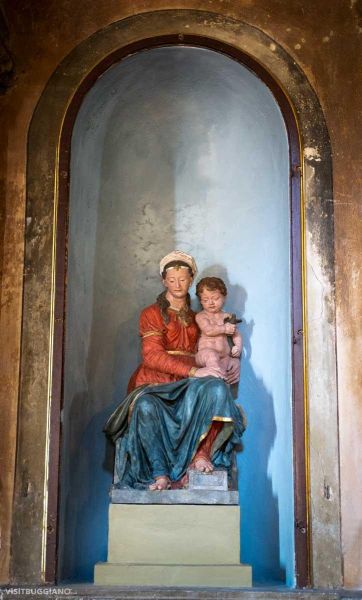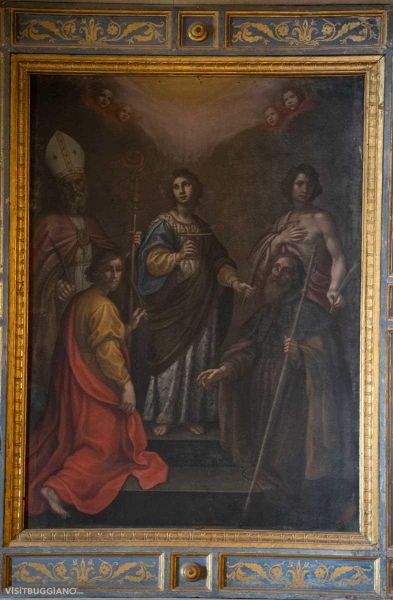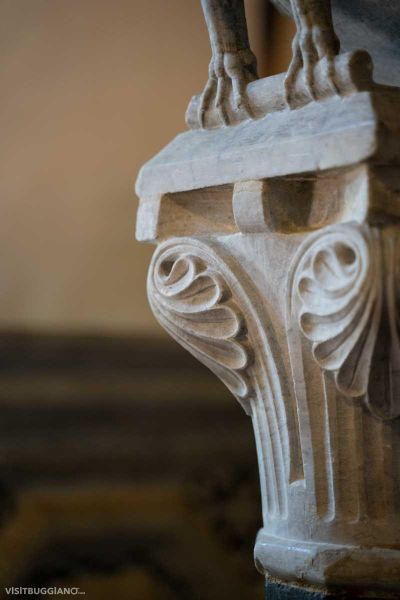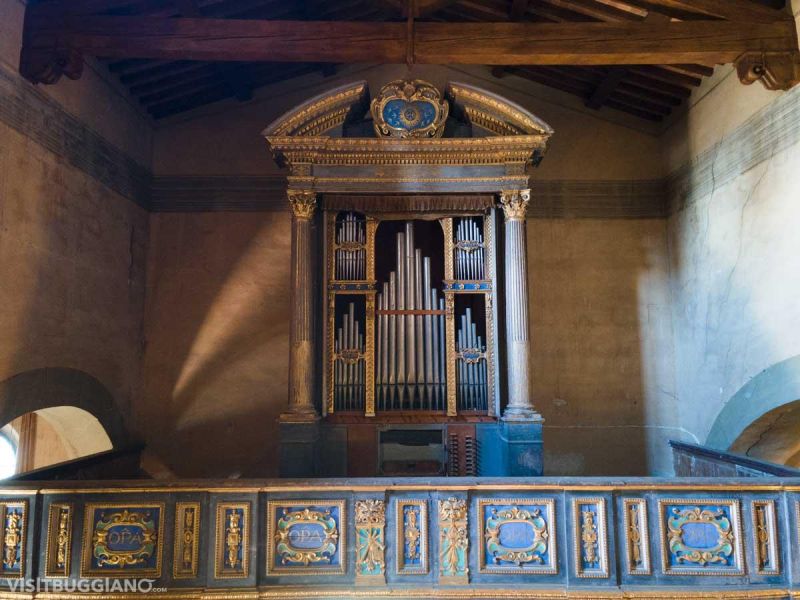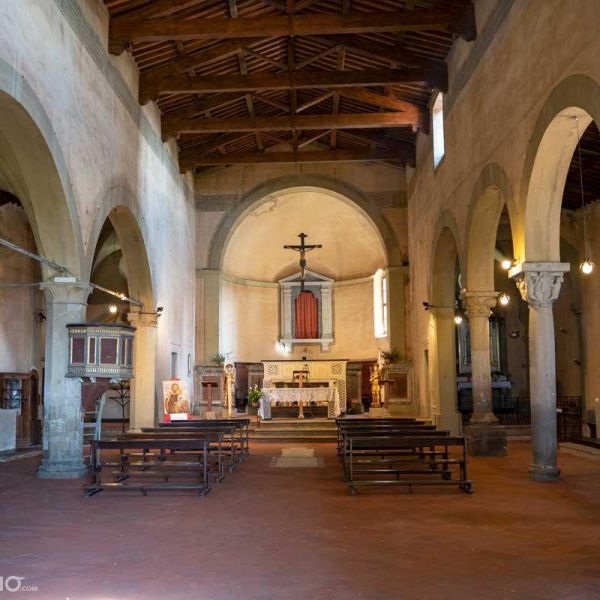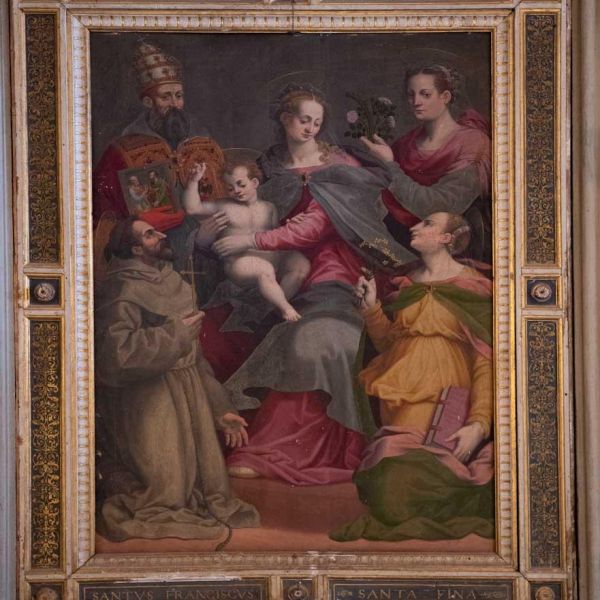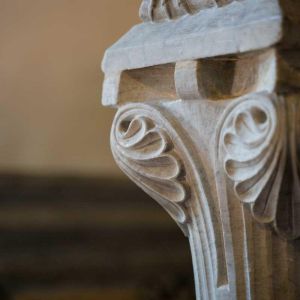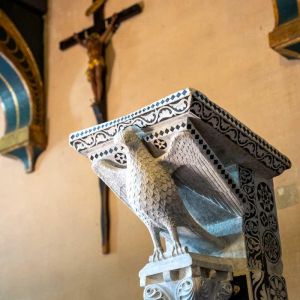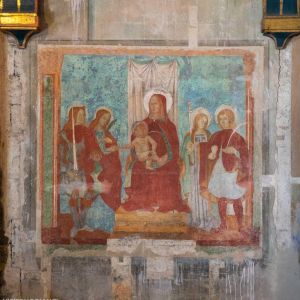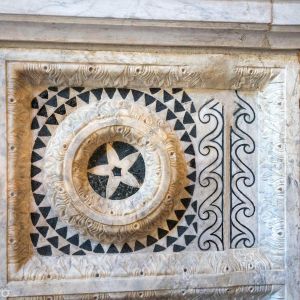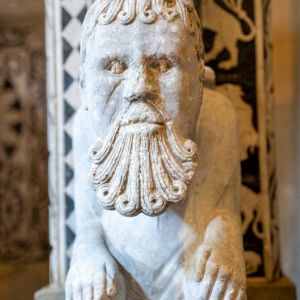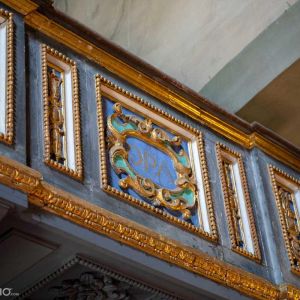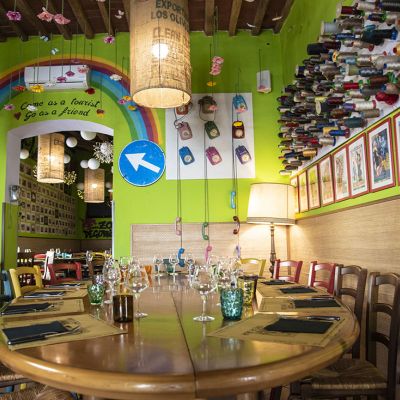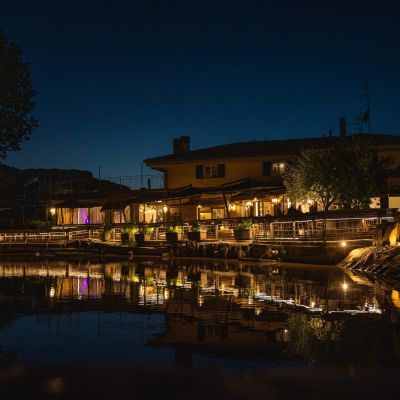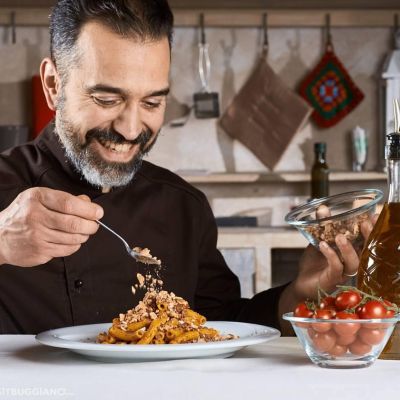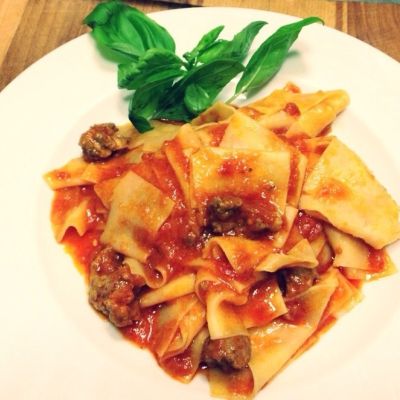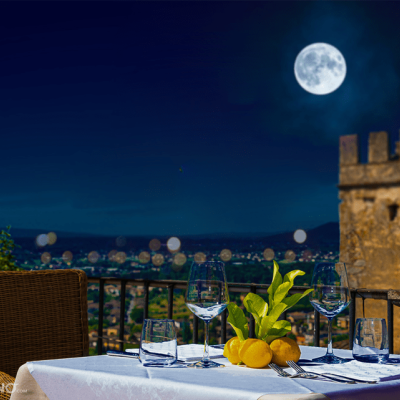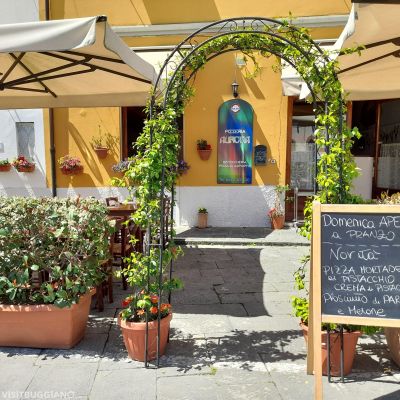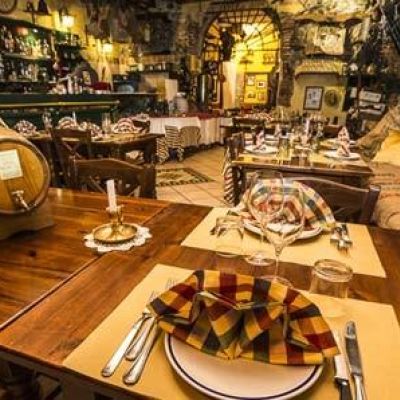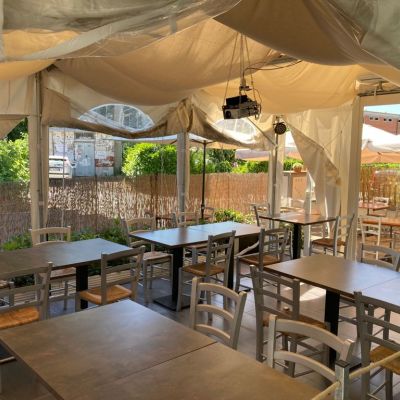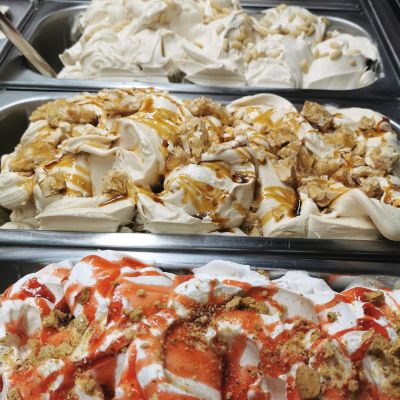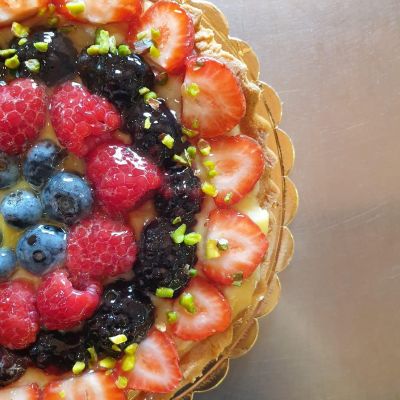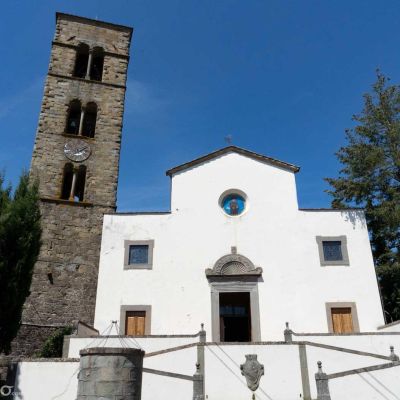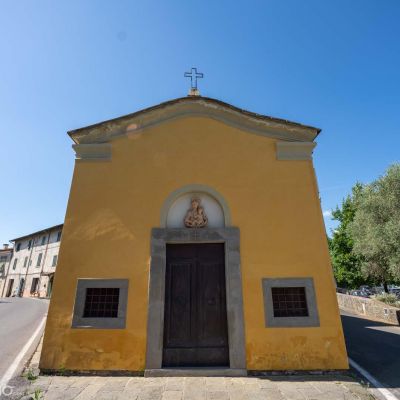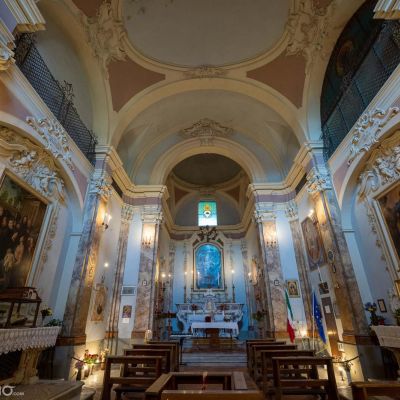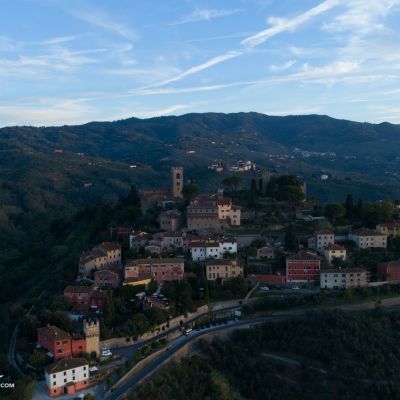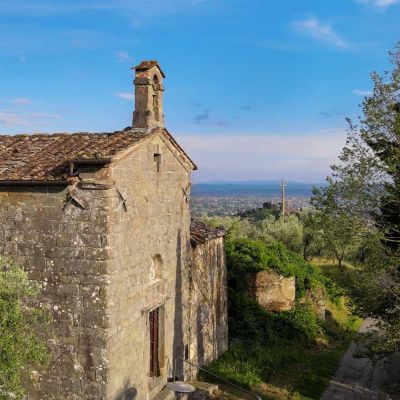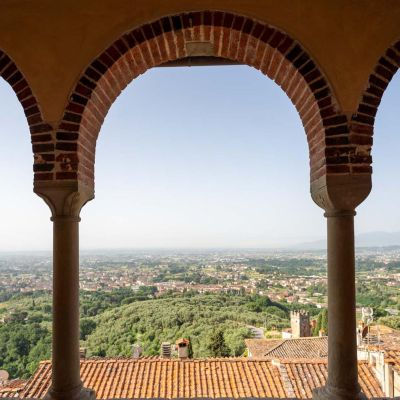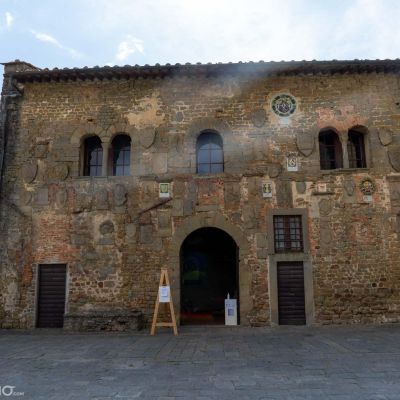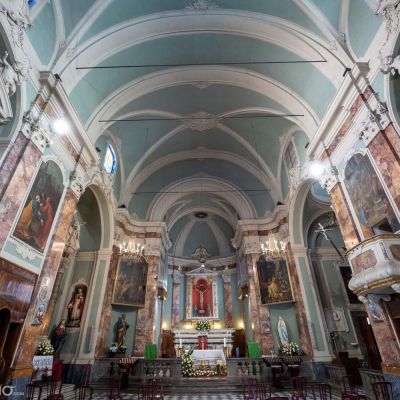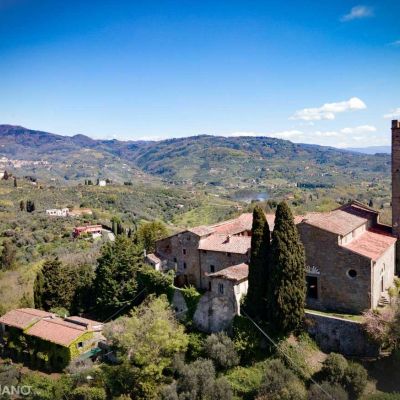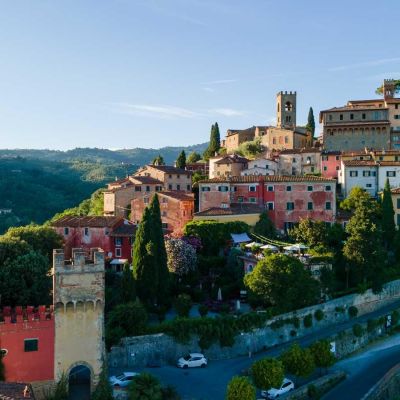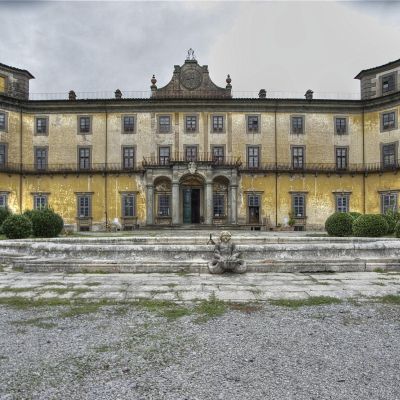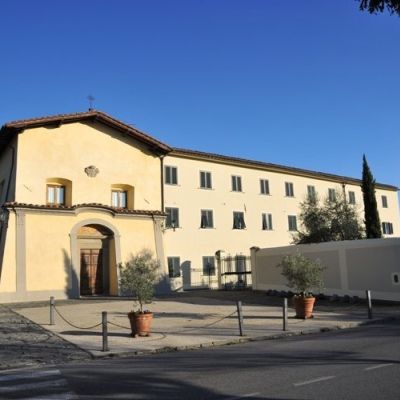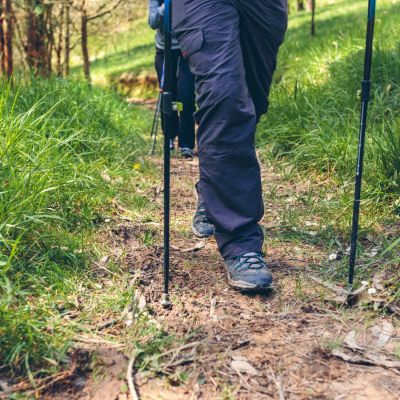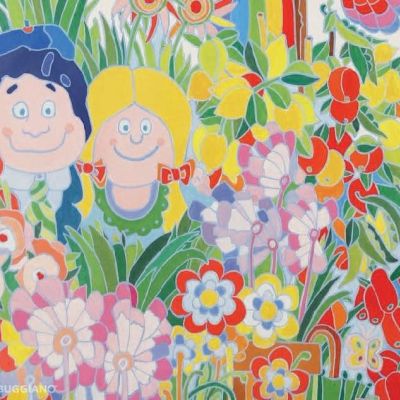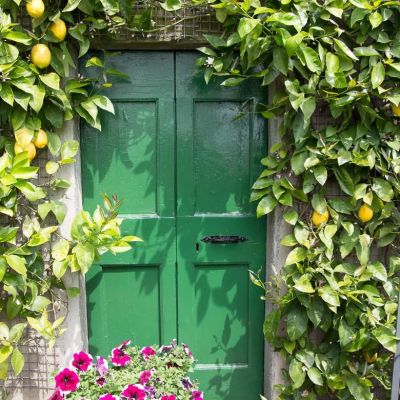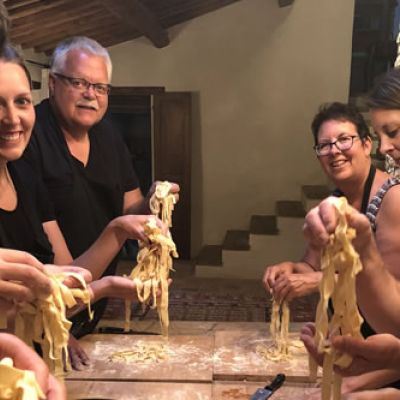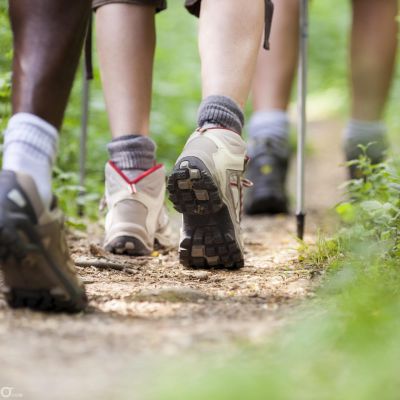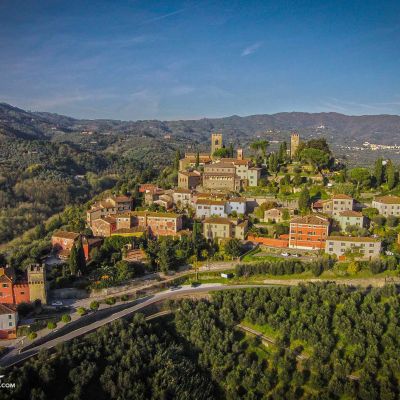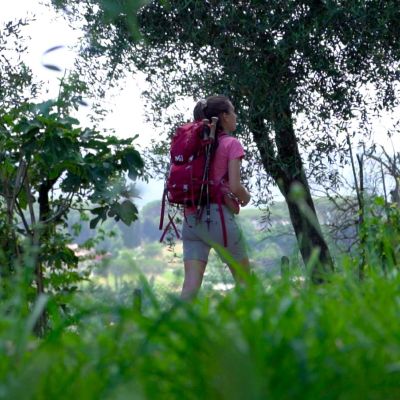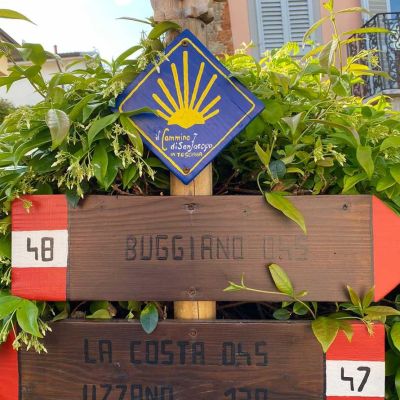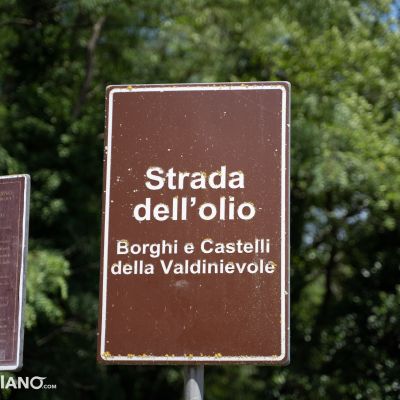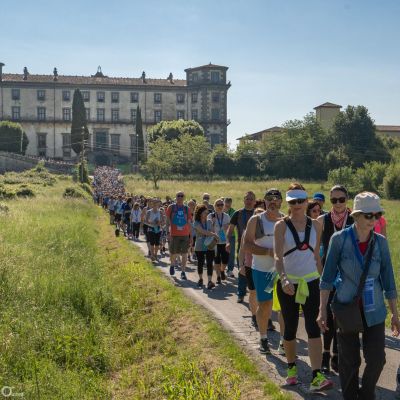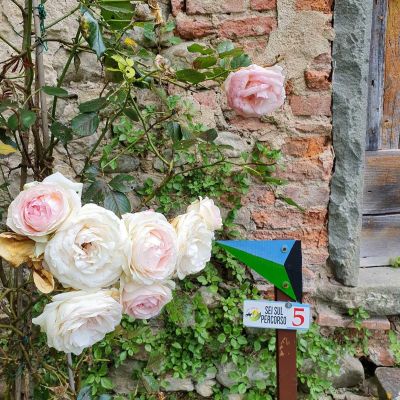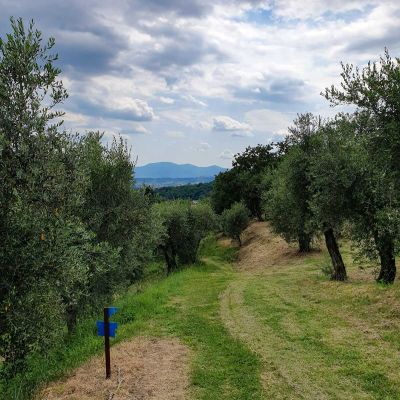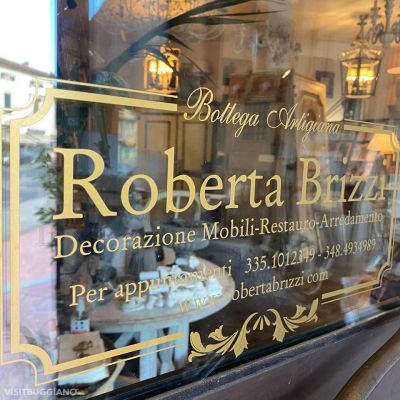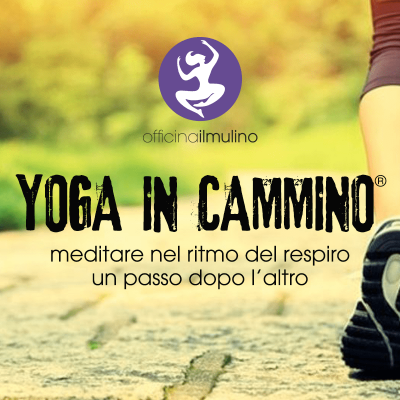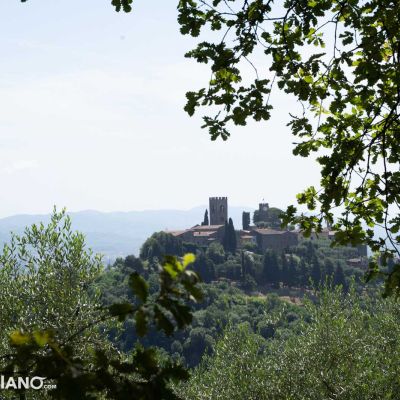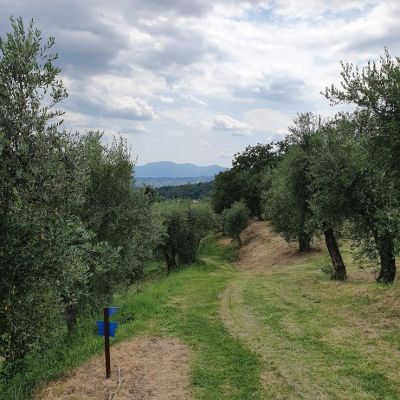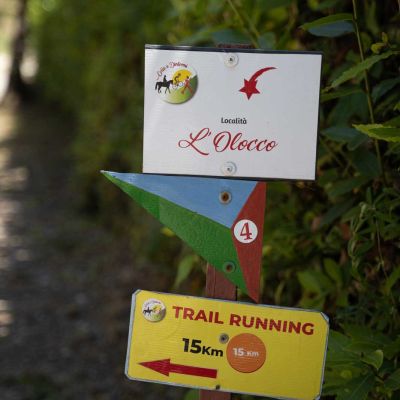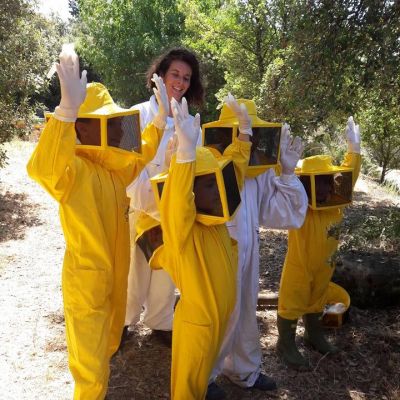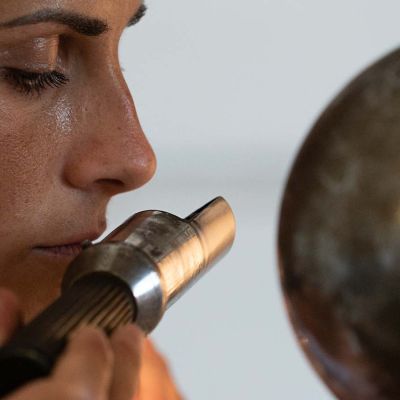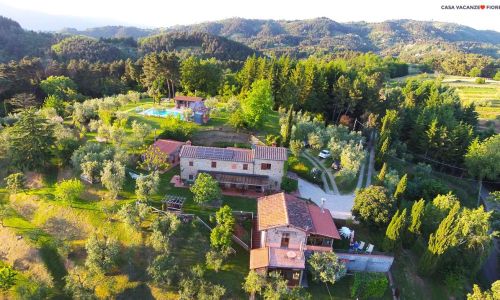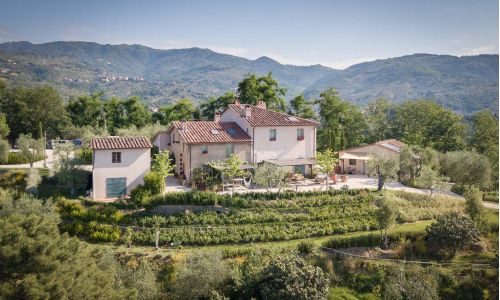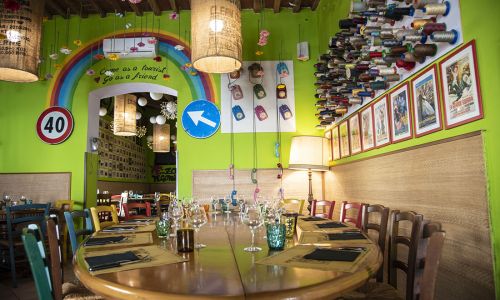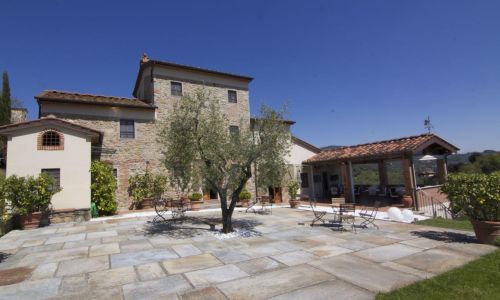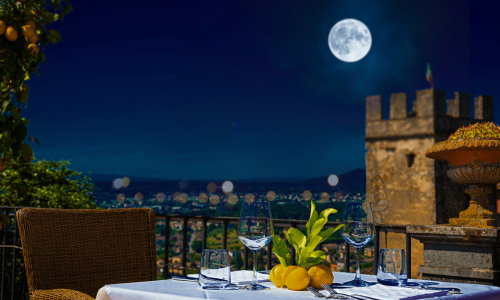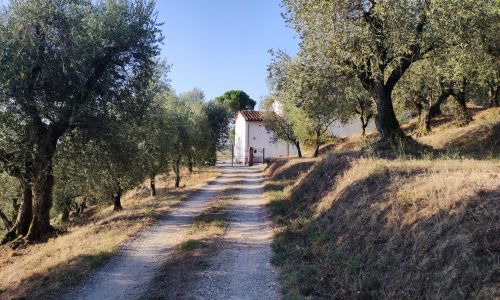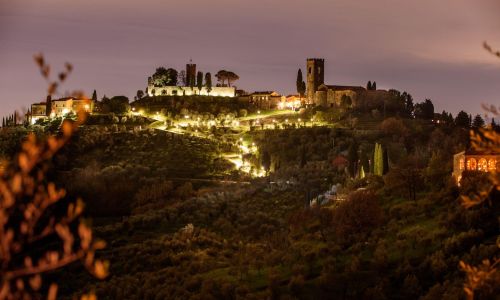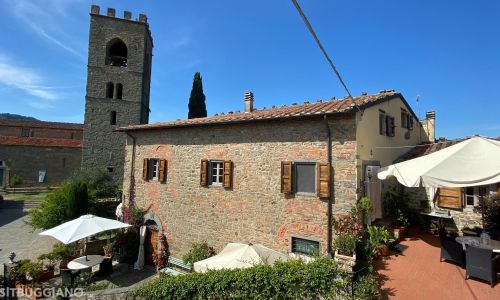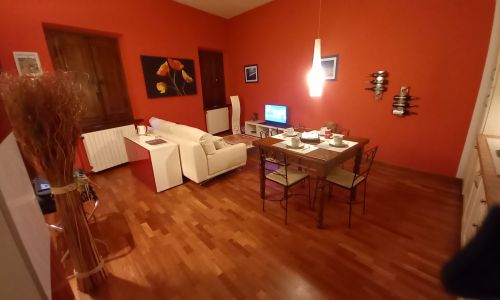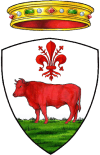Arriving in Piazza Pretorio in Buggiano Castello, let yourself be fascinated by the Church of Madonna della Salute and San Nicolao, a splendid example of Romanesque art.
The “Da Buggiano” had the Abbey of Santa Maria built near the Castle of Buggiano and entrusted it to a group of Benedictine monks.
The religious community remained here until 1179 when it moved to the nearby monastery of Santa Scolastica.
The Church of Our Lady of Health and Saint Nicolao also belongs to the abbey complex Santa Maria, which has been altered several times due to destruction and fires.
Interiors
Initially it had a single nave, then it was enlarged with the right and left aisles.
The bell tower outside dates back to the twelfth century and the style is austere and devoid of ornaments. It is characterized by the presence of mullioned windows and battlements, probably inserted in the twentieth century to make it similar to the clock tower.
The artistic heritageinside is very rich andranges from the Middle Ages to the Baroque.
There are wonderful paintings of the sixteenth century, such as “The Virgin with Child Blessing and Saints Dorothea, Fina, Francis Sylvester, attributed to John Brina, author of the “Our Lady of the Rosary”; “The Annunciation” attributed to Bicci di Lorenzo, recently restored and returned to its former glory, “The archangels Michael and Raphael with Tobiolo” attributed to Giovan Battista del Verrocchio; and again “The baptism of Christ” of Bachiacca.
Remains of frescoes of the ‘400 were found in the back facade.
The sculptural heritage is equally rich:
columns with capitals finely decorated, stucco decorations, a beautiful golden wood organ. The “Madonna and Child” in wood by Jacopo Sansovino is one of the most important works of the church; it seems to have been the model for the Madonna made by the author at the Nuovo market in Florence.
Among the wooden works stands out also the crucifix of the mid-fourteenth century attributed to the Master of the Crucifix of Camaiore to which is also attributed the famous crucifix of the Church of St. Peter in Borgo a Buggiano.
The baptismal fontand the marble lectern are the works that deserve a deep stop. These elements were built by assembling remains of a presbyteral furniture. In 1596 five panels were used to create the baptismal font and with the other parts the lectern was made. It seems that these remains are to be attributed to the workers of the Guidi Comacine, including Lanfranco and Guidobono.
The white and green marble inlays have geometric motifs, plant motifs and at the center star rosettes or protome human.
The lectern has a Telamone to support a green marble pillar with a Corinthian capital, above which an eagle and an inlaid slab with hunting scenes and animals.
Some capitals stand out, finely worked with vegetable motifs, and pillars in Gothic style.
